The orthodox image that comes to mind is a clean, sterile space filled with beakers, bunsen burners, and white-clothed scientists. There’s not a lot of talking in this lab—the scientists here weigh out solutions, read the bottom of their miniscuses, and enter their data in a stoic silence.
The orthodox lab described above serves a crucial role in fields like chemistry, physics, and biology; there is no doubt about that. But if we want to gain social knowledge in the form of collaboration, co-creation, and discussion, then our lab will take a much different form than we might first imagine. So let’s take off the white coat, disconnect the bunsen burners (after shutting off the gas!) and consider a different type of lab.
A lab can be any space—physical, digital, or something else entirely—that helps to facilitate inquiry and discovery. And when citizens are inquiring and discovering together, it doesn’t make sense to go to a sanitized chemical laboratory. For co-creating shared solutions, a successful lab can take any number of forms.
An open-ended consideration like this can benefit from guidance, and Ray Oldenburg’s theory of the third place is a good starting point:
Third Place: Oldenburg identifies „third places“ as the public places on neutral ground where people can gather and interact. In contrast to first places (home) and second places (work), third places allow people to put aside their concerns and simply enjoy the company and conversation around them.
Leveling Ground: Third places put no importance on an individual’s status in a society. Someone’s economic or social status does not matter in a third place, allowing for a sense of commonality among its occupants. There are no prerequisites or requirements that would prevent acceptance or participation in the third place.
Conversation and Co-creation are main activities: Playful and happy conversation is the main focus of activity in third places, although it is not required to be the only activity. The tone of conversation is usually light hearted and humorous; wit and good natured playfulness are highly valued.
Accessibility and Accommodation: Third places must be open and readily accessible to those who occupy them. They must also be accommodating, meaning they provide the wants of their inhabitants, and all occupants feel their needs have been fulfilled.
The Regulars: Third places harbor a number of regulars that help give the space its tone, and help set the mood and characteristics of the area. Regulars to third places also attract newcomers, and are there to help someone new to the space feel welcome and accommodated.
A Low Profile: Third places are characteristically wholesome. The inside of a third place is without extravagance or grandiosity, and has a homely feel. Third places are never snobby or pretentious, and are accepting of all types of individuals, from several different walks of life.
The Mood is Playful: The tone of conversation in third places are never marked with tension or hostility. Instead, they have a playful nature, where witty conversation and frivolous banter are not only common, but highly valued.
A Home Away From Home: Occupants of third places will often have the same feelings of warmth, possession, and belonging as they would in their own homes. They feel a piece of themselves is rooted in the space, and gain spiritual regeneration by spending time there.
(Oldenburg, R. (1999). The great good place. Cambridge: Da Capo Press)
At our recent co-creation workshop in Bergen aan Zee, members from the Cities-4-People consortium were presented with Ray Oldenburg’s above descriptions of the third place. We were all then asked: What is a Lab? Here’s what they came up with:
–It’s a platform for idea-sharing in an unofficial atmosphere
–It’s a second home that doesn’t contain any sort of punishment; a free space to act and discover
–A place to create and test new ideas
–A place that responds to the way people want to use it
–A co-creative space
–A third place
–Accessible
–Fun and active!
–A place to put new ideas into practice and experiment without being afraid to fail
–Aiming to achieve measurable results
–A living, ongoing activity that can embrace innovative ideas
–An experimental place
–Informal, open to trying and failing
Now, we’re turning the question to you: What is a Lab? Let us know what you think…
This article was written by Max Kortlander (researcher and assistant project manager at Waag Society)

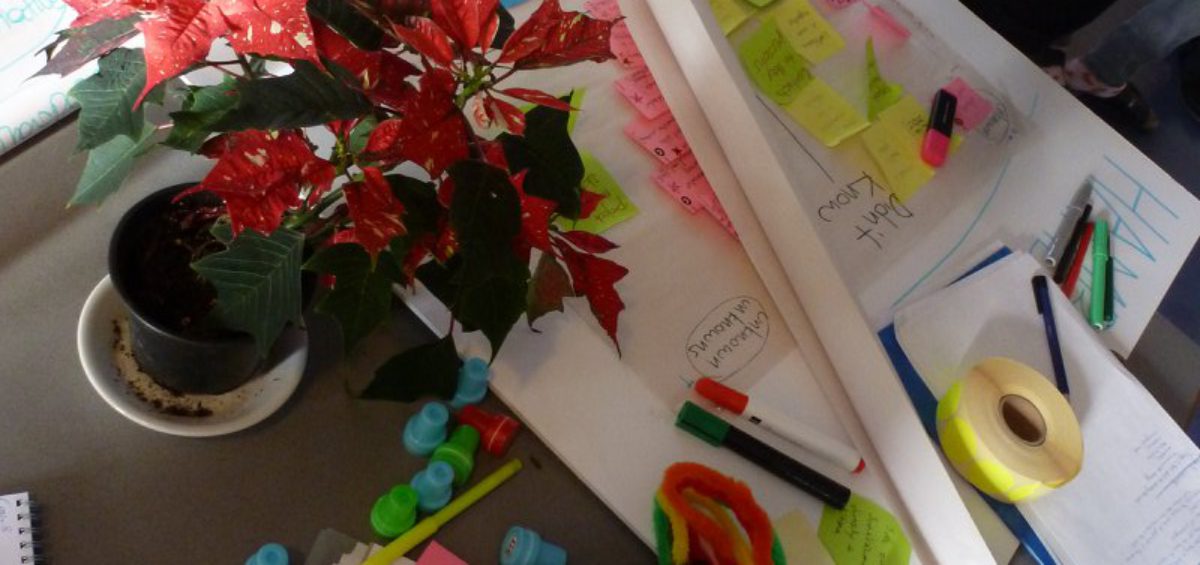
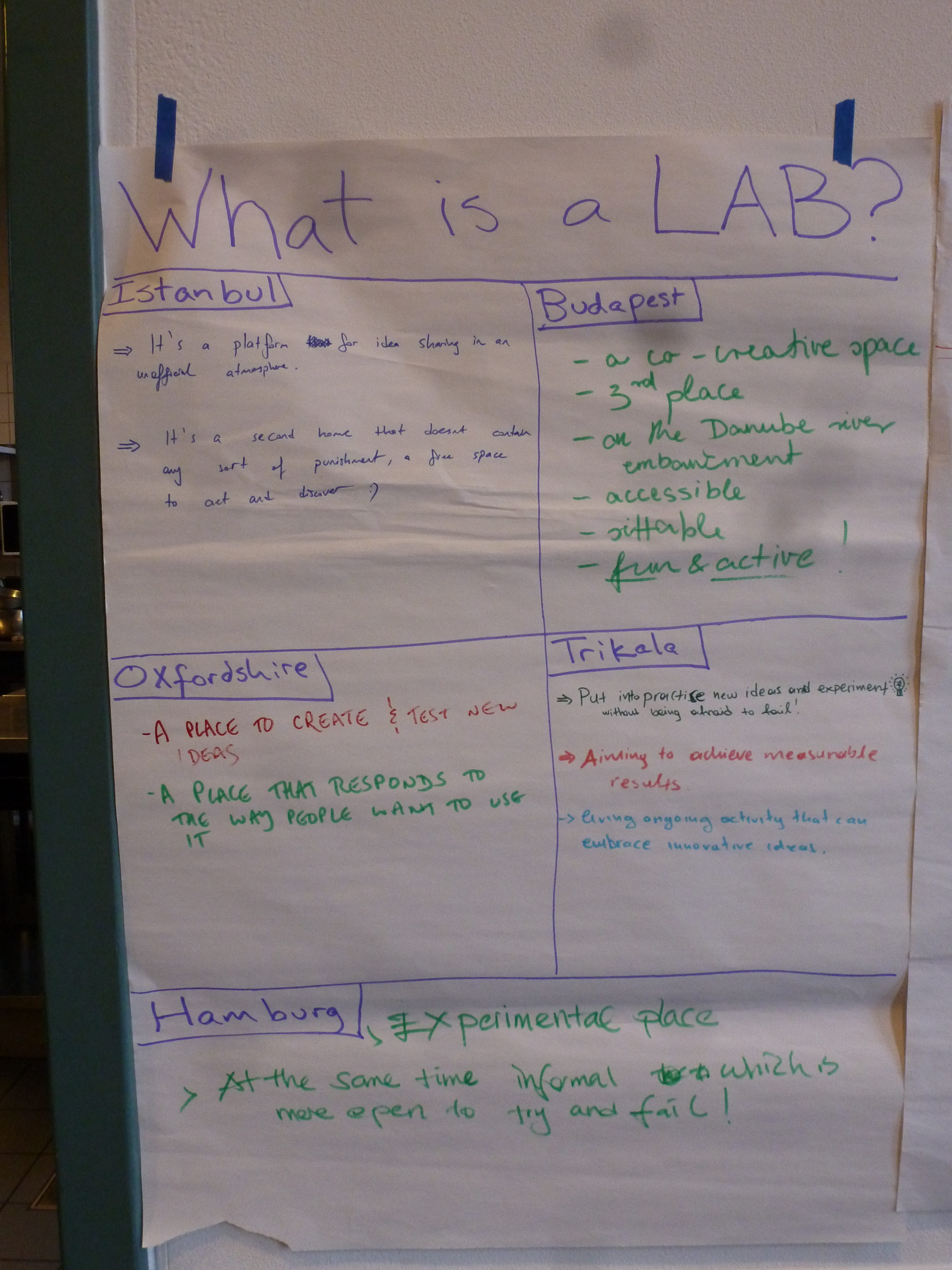
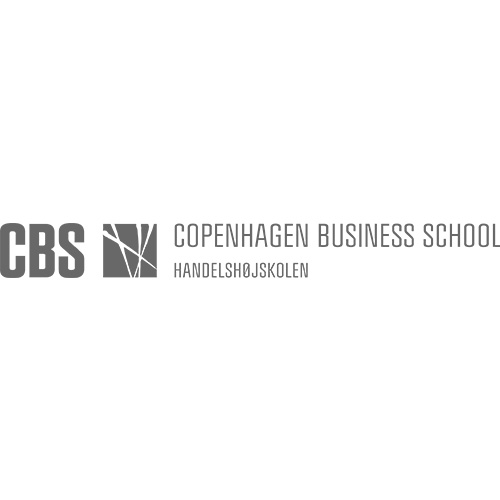
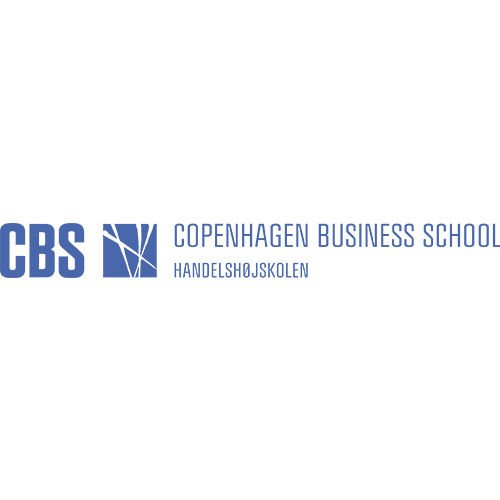
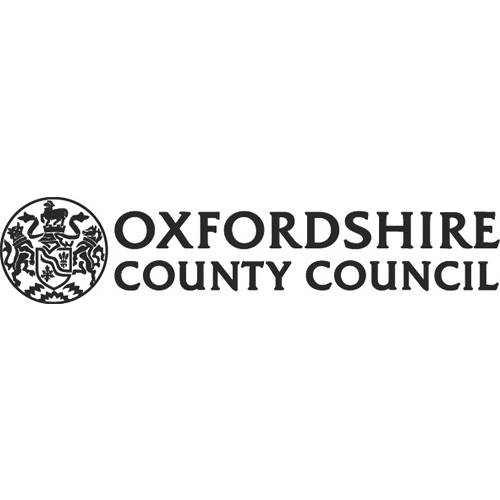


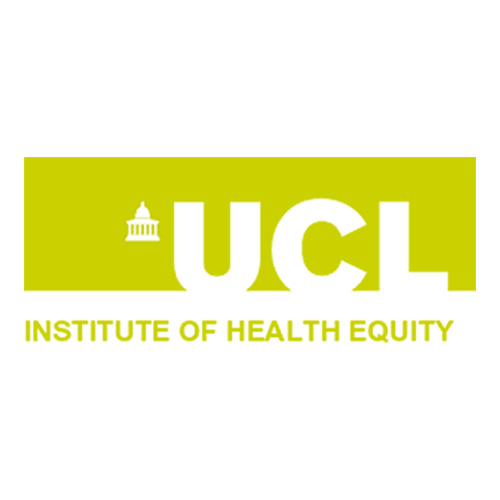

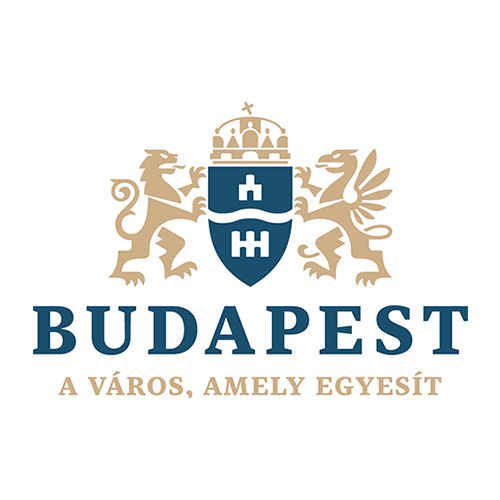
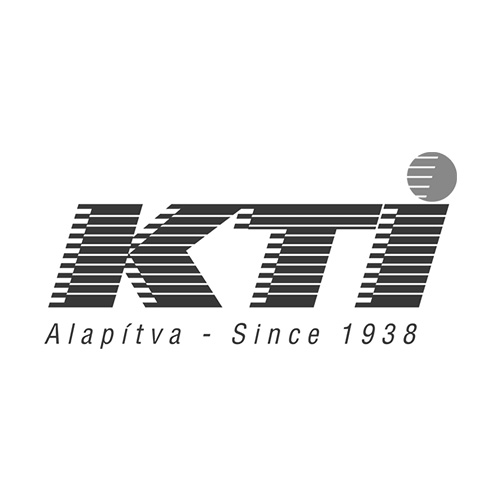
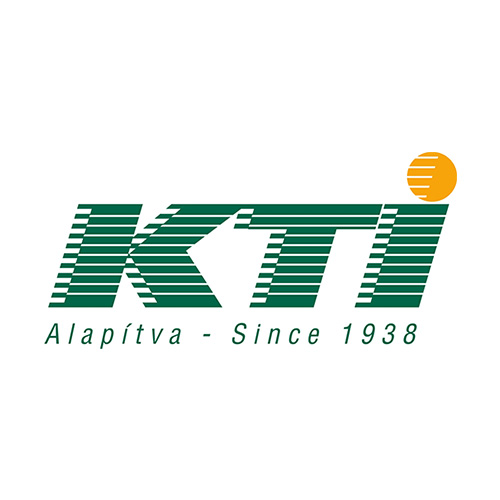
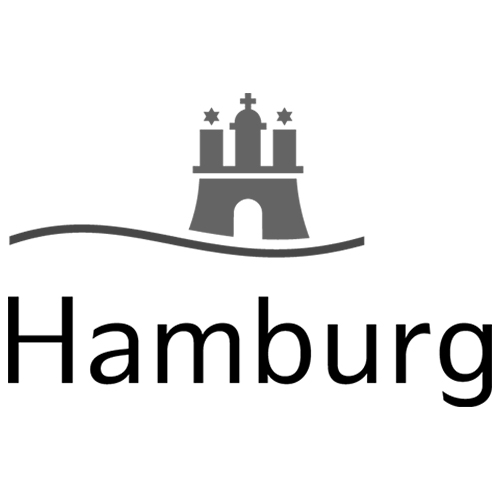
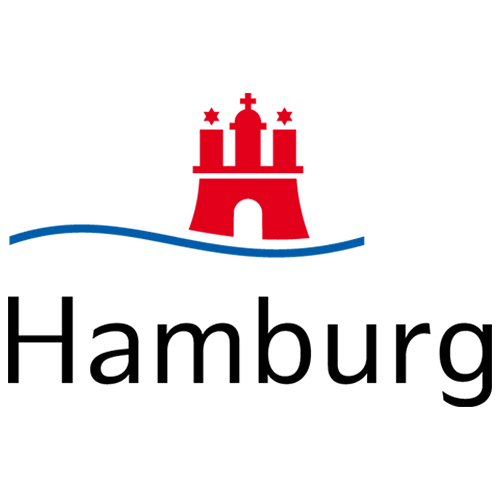
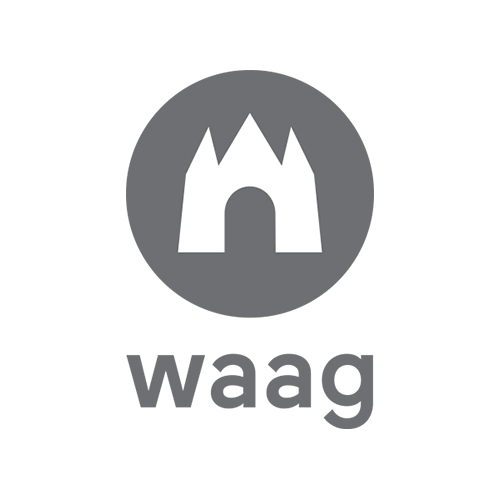

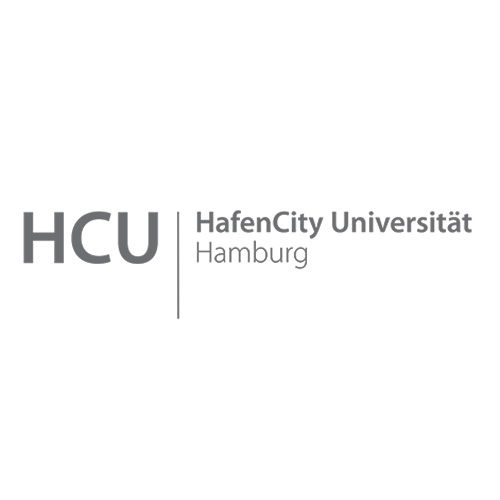
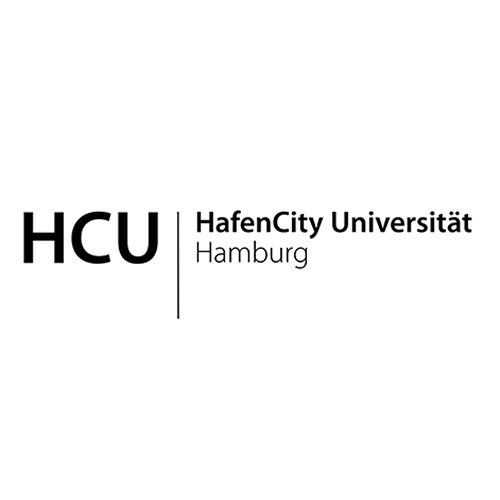
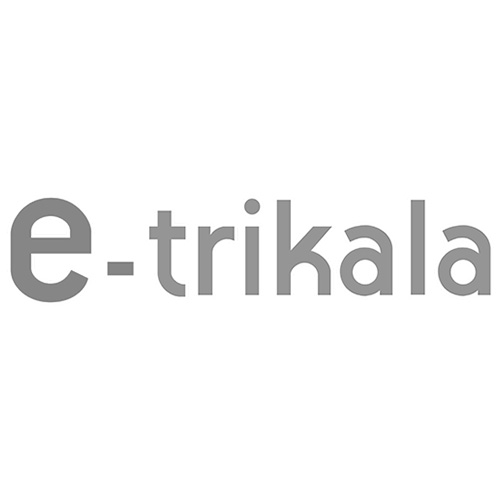
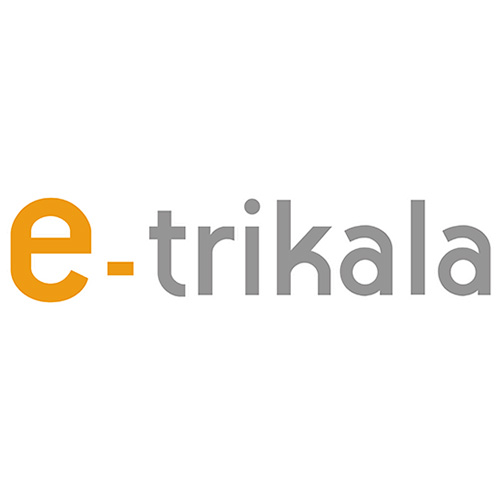








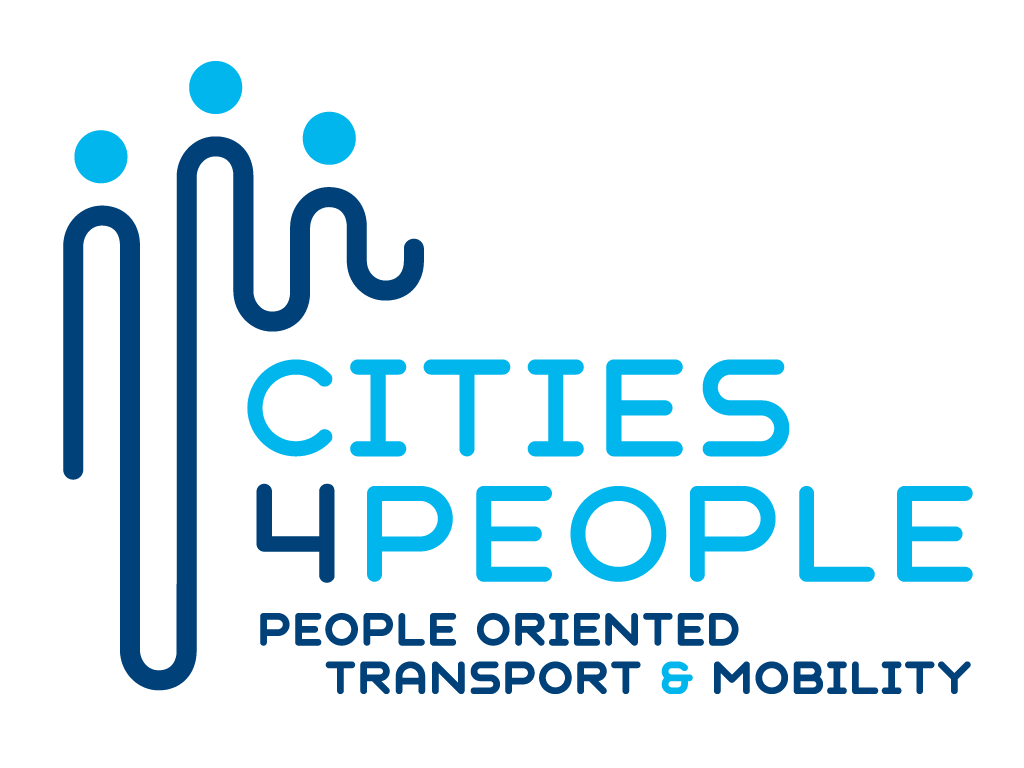
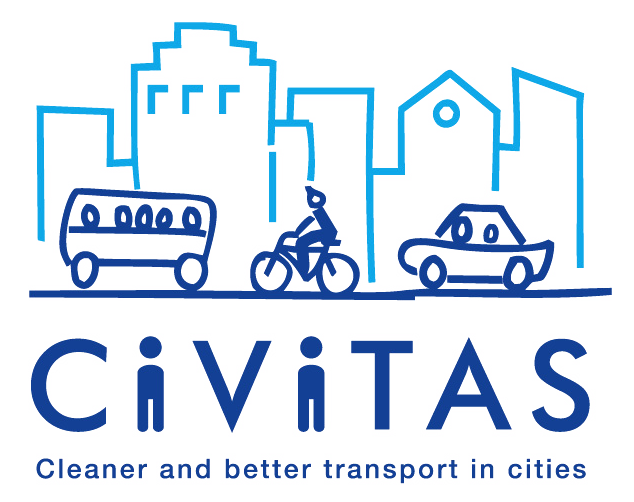


 English
English Magyar
Magyar Ελληνικά
Ελληνικά Turkish
Turkish
Leave a Comment